
Green Thumb 101: How To Start a Vegetable Patch
Check out our tips for growing home-grown, fresh produce in your own vegetable patch!
Vegetable patches can also be beautiful.
Homegrown veggies contain more nutrients as they’re in their freshest, most natural state — so start your own vegetable patch today!
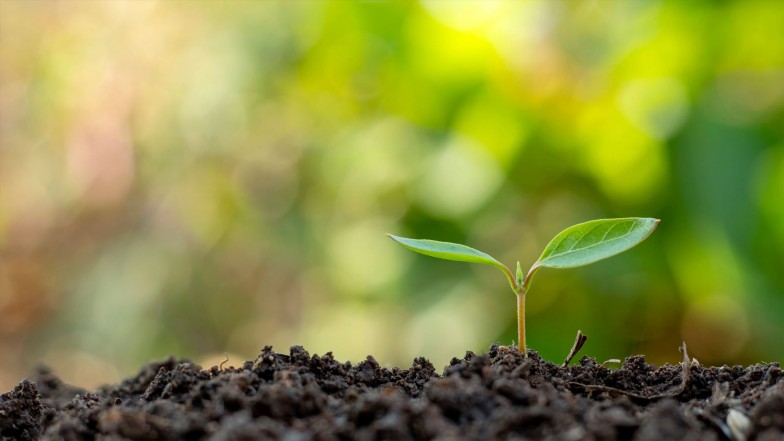
A major plus of growing produce in a vegetable patch is knowing precisely what fertilizers and pesticides have come into contact with the food you’re consuming. If you’re living an a city apartment, try putting some planters where natural sunlight comes in.
Here’s what you need to keep in mind while planning your veggie garden.
Location
Let there be light! In news that’s hardly surprising, vegetables need natural light to thrive. Space is also crucial — no one wants to hide their pride and joy away in a cramped and awkward space. It’s also essential to position your garden near a hose or water source.
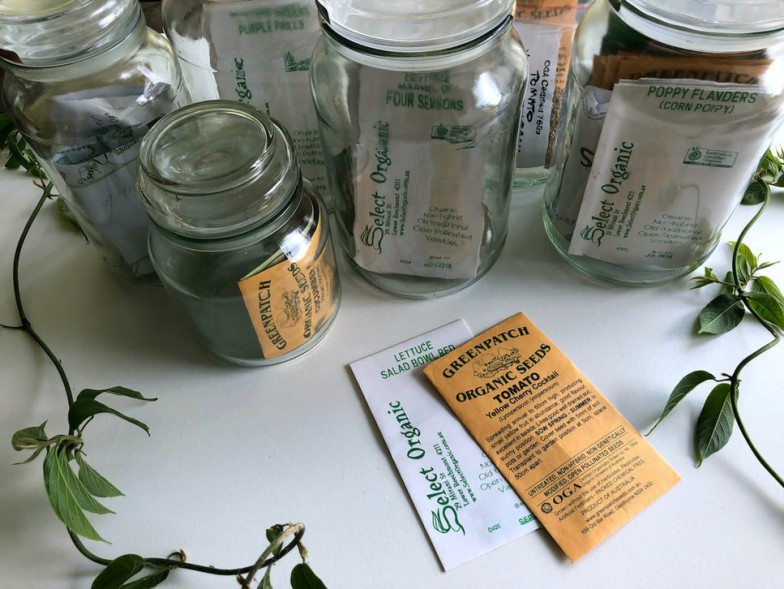
Plan
Now the enjoyable part: deciding what to grow. This will be based on your local climate, the space you have, your taste, and how much expertise you have in the area. Some of the easier crops to grow for beginners include carrots, beans, cucumbers, peppers, and lettuce.
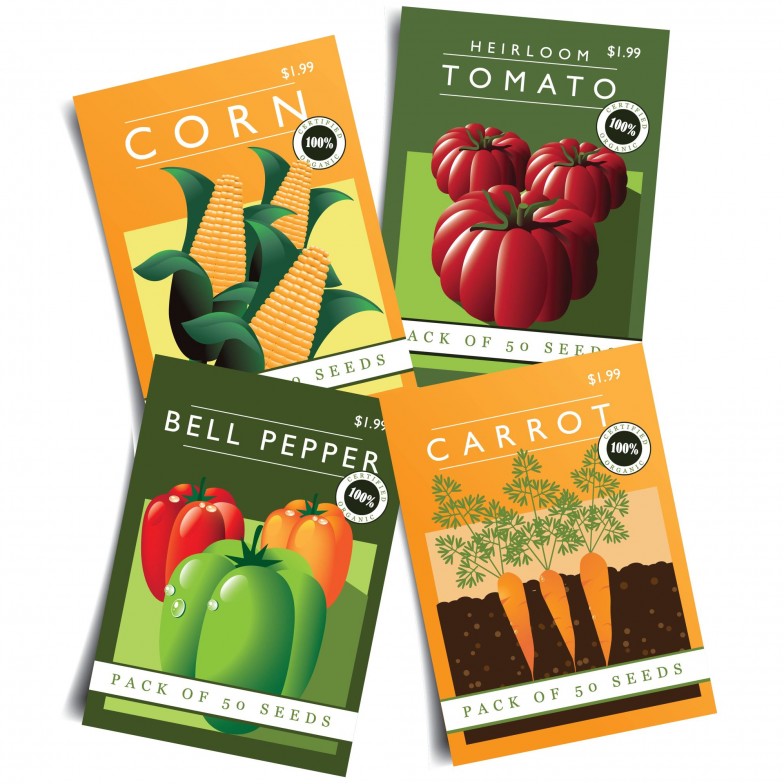
Prepare
To prime your mini garden for success, mix compost and natural fertilizers to condition the soil. You can also purchase a wide array of specially made soils at your local garden supply store, or you can ask staff for recommendations on what supplements to add.
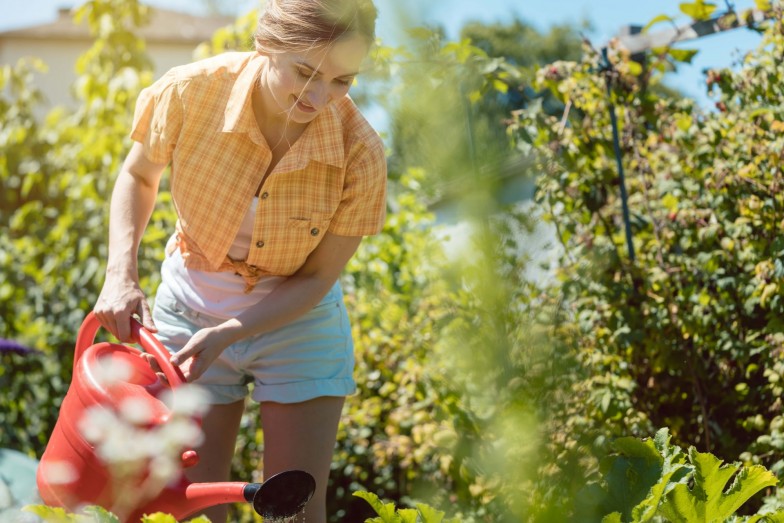
Schedule
On the back of seed packets, you’ll find planting dates. Overcrowding your vegetable garden with plants that are all due to ripen and row at the same time will end in disaster, so make sure to sow the seeds accordingly. Review the ideal conditions and time frames for each veggie and make a note on your calendar.
Plant the seeds
Now for the magic! Place seeds or plants into the soil, with regard to the recommended depth and spacing directions.
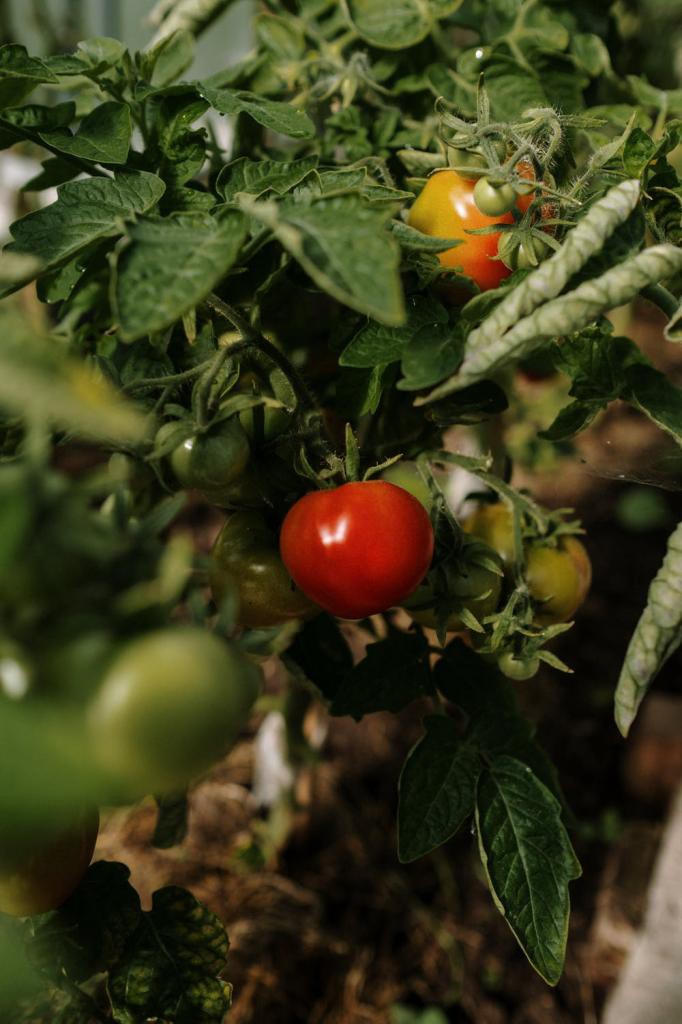
Watering
The easiest way to ensure your plants are watered sufficiently is to keep a handy spray bottle nearby. For larger gardens, invest in a spray nozzle.
Weeding
Mulching your garden with two-four-inch layers of organic mulch will keep weeds at bay. If some sneak past, extract the entire root by grabbing low on the stems and pulling them out swiftly.
Fertilize
The fertilizer will keep the soil rich and optimal. Alas, you can also make your own from household waste like eggshells and food compost.
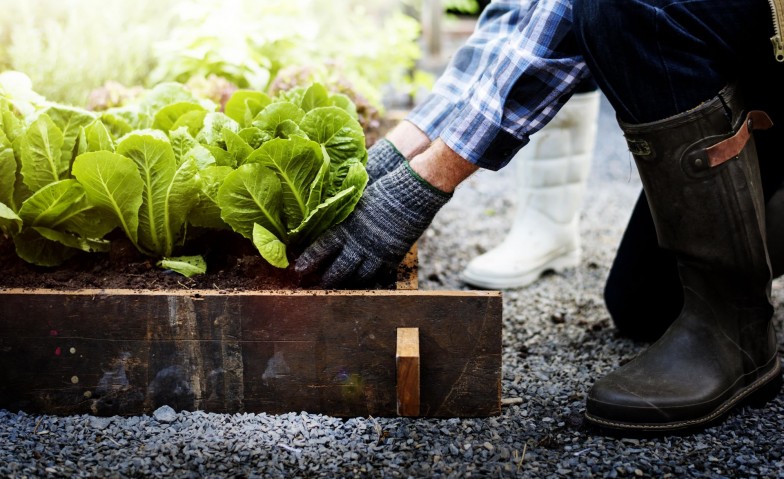
Harvesting
Time to reap what you sow—see, it’s not just a catchphrase! Veggies should be harvested when they’re young, tender, and ready for you to use them. As soon as you spy the fruits (vegetables!) of your labor reaching edible size, they’re ready to pull.
Now, over to you! Take this information and get to work on your vegetable patch for the freshest produce.






